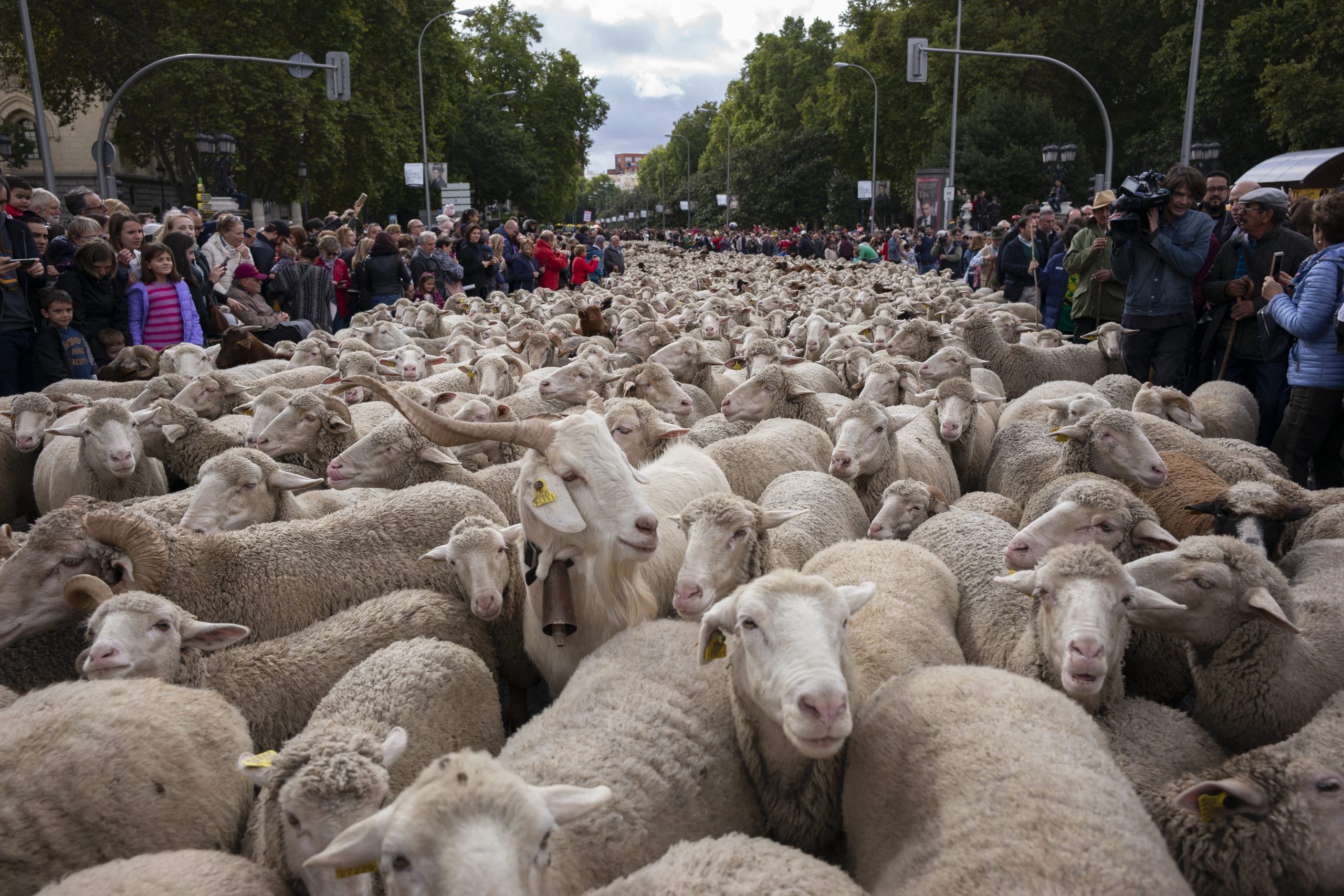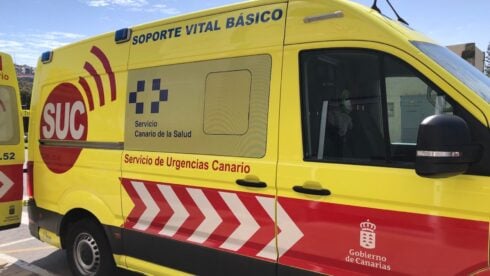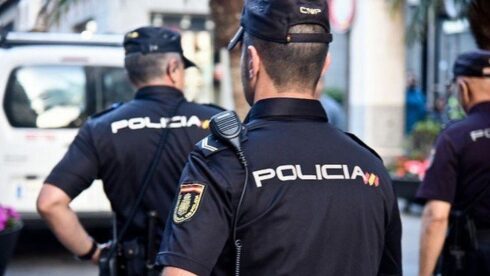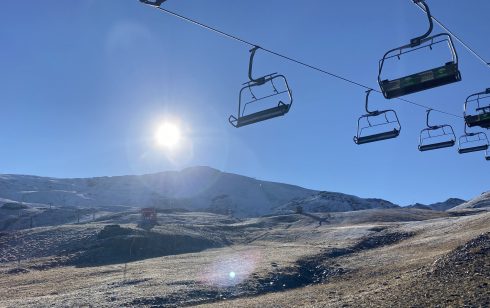EVERY year on a Sunday in late October the streets of central Madrid are transformed from a busy cosmopolitan metropolis to a pastoral scene from days gone by with crook wielding shepherds herding their flocks over the cobblestones.
Among the sheep are giant oxen and shaggy mastiffs, more used to guarding the flocks from the threat of wolves than the curious glare of tourists wandering off the Gran Via with oversized Primark bags.
Villagers wearing traditional garb march along in raised wooden clogs, traditional horns are blown, shepherds are known to break out into song and there is folk dancing.

It may look like something from the Medieval times but this is the annual Fiesta de la Trashumancia – an event which celebrates the right of shepherds to drive their livestock along ancient agricultural routes from summer to winter pastures.
The shepherds stop at city hall in Cibeles to pay the mayor a symbolic toll for driving their livestock through the city. The fee of 50 maravedis al millar (50 coins per thousand head of livestock) was agreed in the year 1418 and still stands.

In olden times, the migration would have taken place twice a year and sees tens of thousands of animals driven through the capital but nowadays it is a symbolic act involving less than 2,000 animals.
This year, the trashumancia takes place today and large crowds turned out as it cancelled last year due to the pandemic.
The best place to watch is at the Puerta de Alcala on Sunday morning.
10.30 –Flocks left the Casa de Campo and crossed over the Puente del Rey en route to the city.
11.00 – Flocks reach Calle Mayor and head towards the Puerta del Sol.
12.00 – Flocks walk from the Puerta del Sol, down Calle de Alcalá towards Cibeles.
12:30 – Flocks arrive at the Plaza de Cibeles
13.00 – A ceremony is held outside City Hall where payment is made to the mayor.
13.30 – Shepherds begin the return route from Cibeles back towards the Casa del Campo
14.00 – The procession reaches Puerta del Sol and moves up Calle Maypor and Cuesta de la Vega
14.30 – Arrives back at the Casa de Campo
For more information go to the Madrid Ayuntamiento website HERE.

READ ALSO:
- Madrid is top choice among European cities for British remote workers and digital nomads
- Pink-skinned baby panda twins are born at Madrid Zoo in Spain
- New documentary based in Spain’s Lobo Park sanctuary reveals the truth about wolves
Click here to read more Madrid News from The Olive Press.








